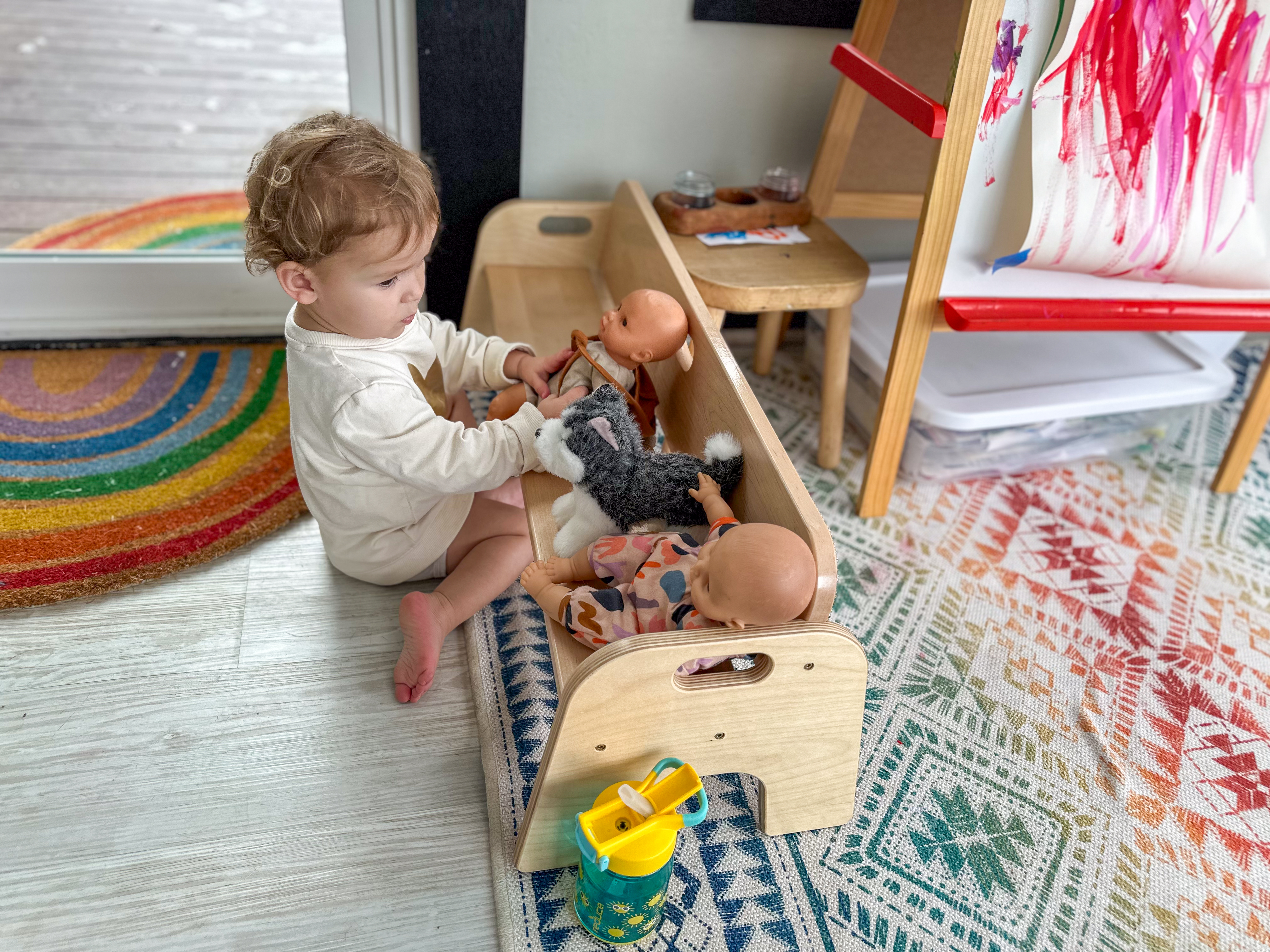The elementary years, or the second plane of development as we call them in Montessori, are marked with many unique characteristics. One of the major characteristics of the second plane of development is the immense interest in social relationships. These kids are so social. Their brains are wired to move around in little packs learning how to be in community with others. Their friendships become important, they start to explore social dynamics, and test out social rules. They also have a strong interest in justice, morals, and fairness. In fact, one of the first signs of the second plane in my family has been the phrase "that's not fair" popping up repeatedly! Why do Elementary Kids Love Rules? The combination of these two characteristics create a super interesting phase for some second plane kids - an obsession with rules. I've seen in my kids this peak between age 5.5+ (when they start to transition to the second plane) and around 7.5-years-old. All of a sudden r...









